Assessment of ACE Learning Communities 2013
Access to College Excellence (ACE) at UHM provides a series of first year programs that serve approximately 25% …

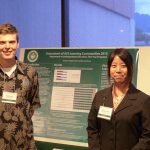
Access to College Excellence (ACE) at UHM provides a series of first year programs that serve approximately 25% …

TIM school began to build the program assessment frame in 2009 and have developed the student learning outcome, …
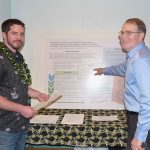
In Spring 2013, the Matsunaga Institute for Peace and Conflict Resolution (MIPCR) began a program review process by …

SLS 150 (Learning Languages and Communicating in a Globalized World) is an introductory course mainly for first-year (freshman) …
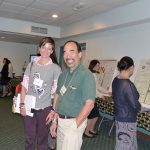
In the last 6 months, the Department of Psychology has initiated a new plan that is expected to …
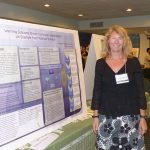
The Political Science faculty modified existing departmental, undergraduate student learning outcomes (SLOs), which informed assessment development and curricular …

This study was intrigued by the needs to assess oral performance more systematically and to motivate students to …

As the only institution of its kind in the world, the UHM Korean Language Flagship Center (KLFC) undergraduate …

Swine Production is a senior capstone course in which students integrate concepts learned in courses such as nutrition, …

New LCME accreditation standards will require medical schools to monitor curriculum and content and to develop a curriculum …
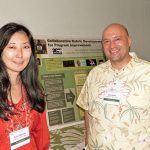
This poster is going to present how faculty in the Academy for Creative Media undergraduate program utilized an …
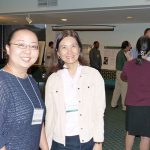
The Communication Department’s undergraduate curriculum is currently guided by seven SLOs (Student Learning Outcomes), which are demonstrable skills …

The Communication Department’s mission is to meet the challenges and opportunities of communication in the emerging technological, multicultural, …
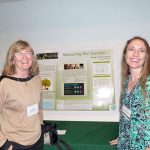
College of Education (COE) programs select six to eight key program assessments to systematically measure, collect and analyze …

KAPA is FREE open-source software, developed by UHM College of Education. It requires a web application server and …

This poster will present the results of efforts to develop a robust program for assessment of the graduate …
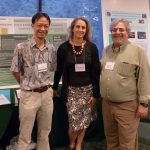
This poster will present how the Civil Engineering B.S. program utilized multiple sources of evidence to evaluate the …
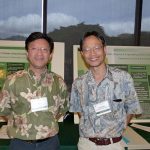
Oral proficiency in Mandarin is one of the core language skills targeted by the Chinese program learning outcomes. …

Providing standardized workshops for faculty interested in teaching in tech-rich can be challenging because faculty are at different …
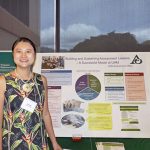
After analyzing the university’s needs and researching best professional development practices, the UHM Assessment Office initiated an exciting …